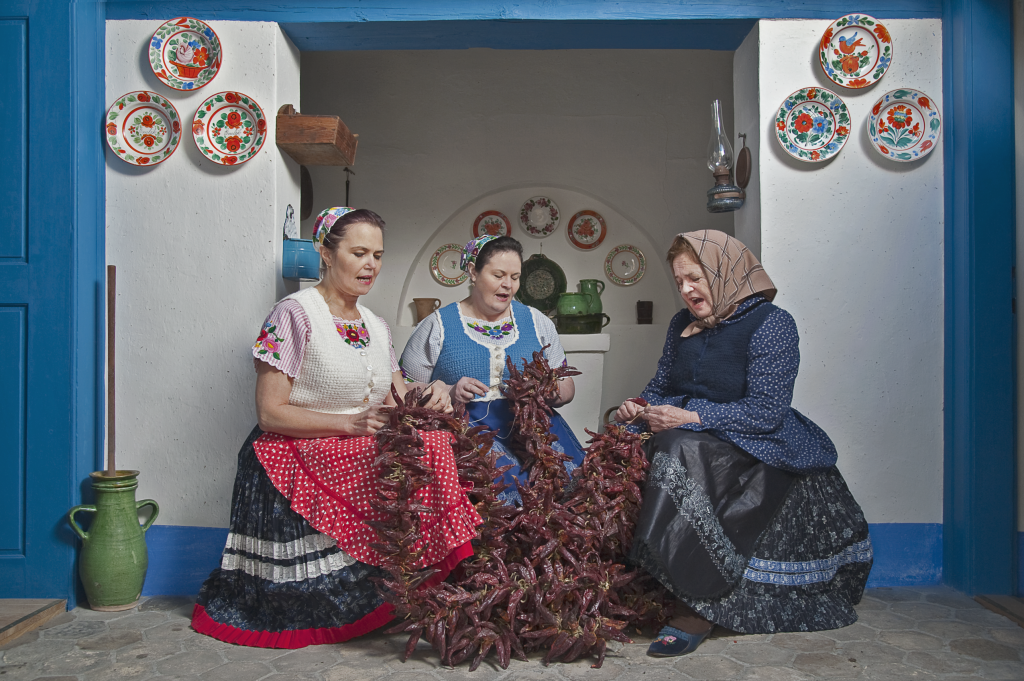Take a step back in time: let’s discover the best Hungarian folk costumes- past and present photography!

During these difficult and trying times, it is imperative to keep heart and keep our traditions alive. Join us in a journey back in time as we discover the intricacies of Hungarian folk costumes!
The main geographical regions that boast regional traditional folk wear include Transdanubia, the Uplands, the Hungarian Plain, as well as Transylvania. Specific locales with particular styles are found along the Galga, in Kalotaszeg, Kalocsa, Lóc, Matyó Land, Hosszúhetény, Hollókő, Kazár, Ormánság, Sárköz, Szeklerland, Torockó and finally, in Püspökbogád. The various styles popular in each of these areas are idiosyncratic in nature and incredibly diverse. Here are a few exciting pictures from the most popular regions:
Sárköz
The geographical and ethnographical region of Sárköz is located in southern Hungary in the county of Tolna.

Matyó
The Matyó style originates from the settlement of Mezőkövesd, which is at the border of the county of Borsod-Abaúj-Zemplém county, at the northern part of the Great Hungarian Plains (Alföld).

Hollókő
Hollókő is located in northern Hungary in the county of Nógrád.

Kalocsa
Kalocsa is a settlement in the county of Bács-Kiskun county, along the Danube in southern Hungary near the city of Szekszárd.

Let’s travel to Translyvania now, and journey to the settlements and regions of Szék, Kalotaszeg, Torockó, Székelerland, Csángóland.
Szék

Kalotaszeg


Torockó

Szeklerland

Csángó

These vibrant colours and lively patterns enliven the soul. These traditions have a way of connecting us to the past. Keeping them alive, is like bringing the past into the present, and hopefully, carrying tradition onwards towards the future.
Read more: Embroidery — an underrated part of Hungarian culture
Source: Daily News Hungary





